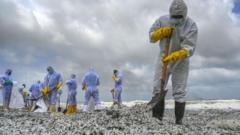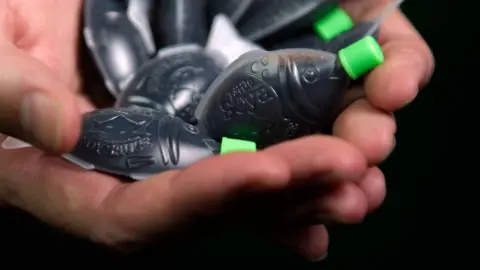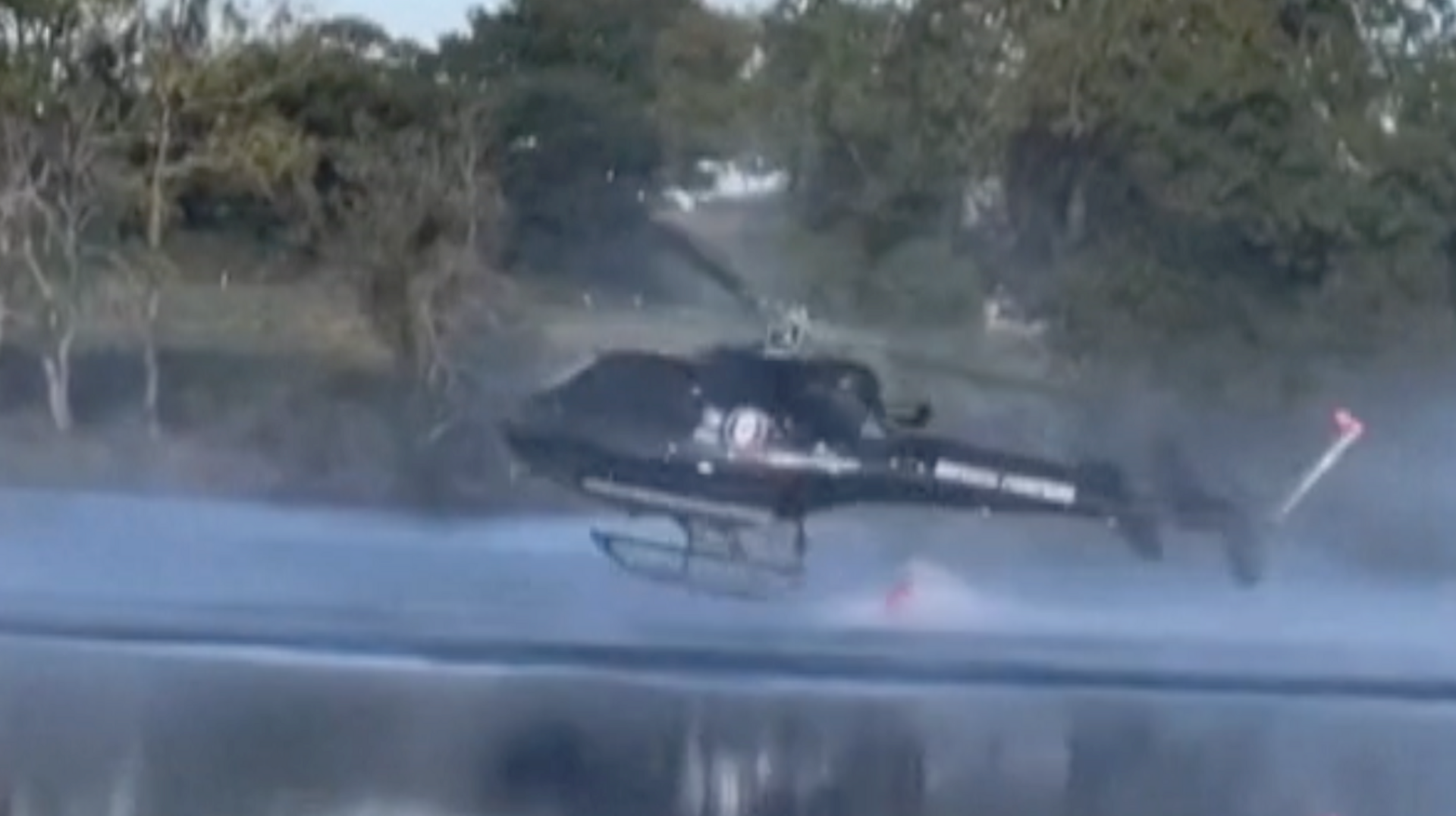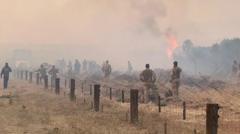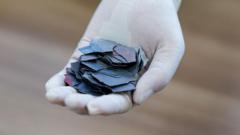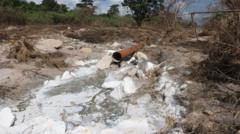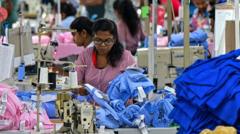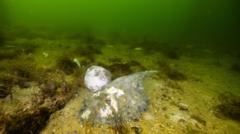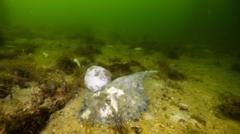Four years have passed since the X-Press Pearl cargo ship disaster, which led to the largest recorded plastic spill in history, and the aftermath continues to grip Sri Lanka as volunteers and scientists grapple with its toxic consequences. The environmental impact is far from over, with millions of tiny plastic pellets, known as nurdles, still dispersed along the country's shores, posing serious threats to marine life.
In May 2021, the X-Press Pearl, carrying hazardous materials from Dubai to Malaysia, encountered serious issues when a container began leaking nitric acid. The ship, which had requested emergency berthing in Sri Lanka, caught fire and sank off the southwest coast, discharging its cargo, including toxic materials like lead, copper slag, and lithium batteries, into the ocean. The immediate fallout was catastrophic, as dead marine animals and millions of nurdles flooded the shores, terrifying local residents and environmentalists alike.
Muditha Katuwawala, a local environmentalist leading cleanup initiatives, lamented how the initial recovery efforts, which saw hundreds of kilograms of nurdles collected daily, have dwindled dramatically as the granules become harder to detect—burrowing deeper into the sand and making removal increasingly difficult. Scientists, including David Megson from Manchester Metropolitan University, have raised alarm over the nurdles' potential to absorb additional contaminants from their surroundings, complicating an already dire situation.
Research findings indicate that the now-submerged nurdles could be leaching harmful metals into the ocean, compounding risks for marine organisms and those who rely on them for sustenance. Local fishermen report a drastic decline in fish populations since the disaster, attributing it directly to the pollution generated by the shipwreck. "There's no fish since then. Our lives have turned upside down," expressed local fisherman Jude Sulanta, reflecting widespread despair within the fishing community.
Amid escalating concerns, the ship's owner, X-Press Feeders Ltd, has claimed to have invested over $130 million into cleanup efforts while expressing disappointment with legal caps on their liability. Meanwhile, the Sri Lankan government is pursuing actions to secure larger compensatory payments, citing long-term environmental damages and raising estimates of the overall cost to $6 billion.
Experts warn of potential human health risks stemming from this environmental disaster, with dioxins from the fire deemed carcinogenic and associated with fatalities among local populations. The connections drawn from the disaster to ongoing community hardships underscore the broader implications of corporate responsibility and environmental stewardship.
As the landscape of Sri Lanka’s coastal ecosystems continues to transform, local fishermen like Sulanta are left to consider their futures, with many contemplating leaving the industry that has sustained generations. The ripple effects of the X-Press Pearl disaster cling to the island, serving as both a lesson and a tragedy etched into the community's coastal identity.

